
How Handheld 3D Scanner Helps for Porsche Modifications
For automotive enthusiasts, Porsche isn't just a brand—it's a statement. Known for its precision engineering and distinctive performance, every Porsche model holds a legacy. But even the finest machines can be fine-tuned, and that's where Fabspeed Motorsport steps in, crafting performance-enhancing upgrades for Porsche owners who demand more.

ZEISS introduces ScanPort, a new dimension in semi-automated 3D metrology
With ZEISS ScanPort, ZEISS presents an innovative, powerful solution in optical 3D metrology that combines accuracy, flexibility, and ease of use in a compact system. This new semi-automated system is designed for users who require reliable metrology results - without the need for extensive training or complex setups.

SHINING 3D Metrology Officially Launches: Inspect on the Move
SHINING 3D is proud to announce the global debut of its high-end measurement sub-brand—SHINING 3D Metrology. For over two decades, SHINING 3D has pushed the boundaries of 3D vision technology. Now, with the launch of SHINING 3D Metrology, that journey enters a new chapter—one where precision moves with production.
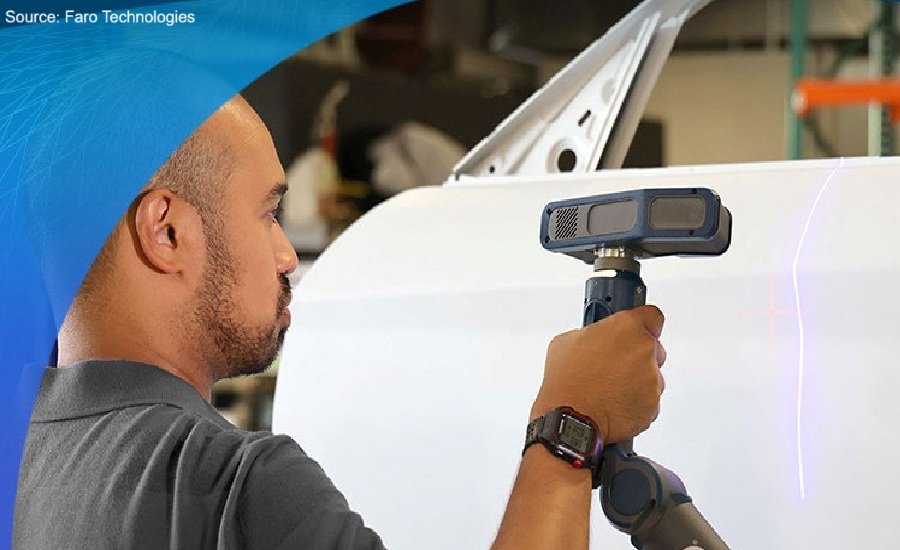
Faro Technologies Quantum X FaroArm Series
Faro® Technologies, Inc., is advancing the precision and efficiency of sheet metal stamping with its cutting-edge 3D measurement solutions, exemplified by the Quantum X FaroArm® Series.
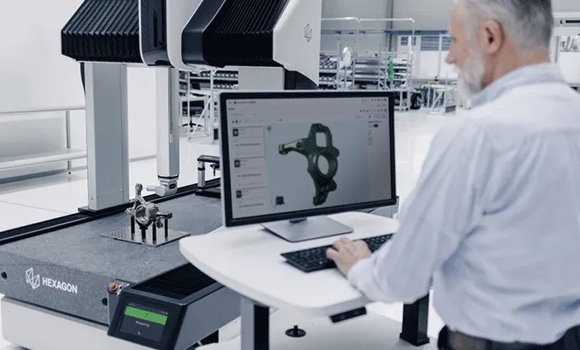
Hexagon launches MAESTRO coordinate measuring machine for advanced manufacturing precision
Hexagon AB, headquartered in Stockholm, Sweden, has announced that its Manufacturing Intelligence division has launched MAESTRO, a next-generation coordinate measuring machine (CMM). The new CMM is engineered to meet the rising productivity demands of modern manufacturing and meet increasing quality requirements.

LK Metrology launches shop floor CMM series with laboratory-grade precision
Integrating coordinate measuring machines (CMMs) directly into the production environment can significantly boost efficiency, reduce lead times and improve quality control. At Control 2025, LK Metrology will unveil its new Altera SF series — eight robust, high-accuracy CMMs designed specifically for reliable shop floor use.
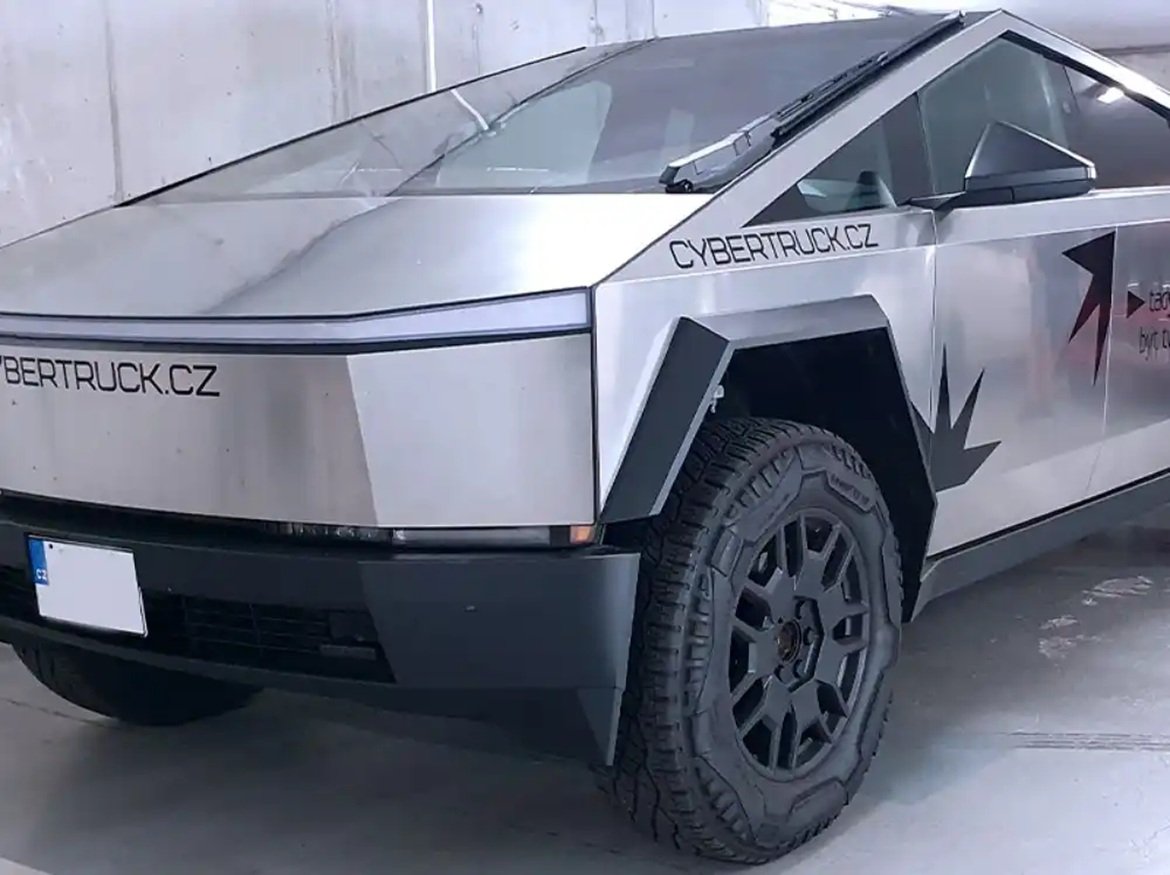
How SCANTECH’s NimbleTrack Helps Design Custom Wide Body Kits for the Tesla Cybertruck
The automotive aftermarket industry has seen a surge in demand for personalization, with car enthusiasts around the world seeking ways to make their vehicles stand out.
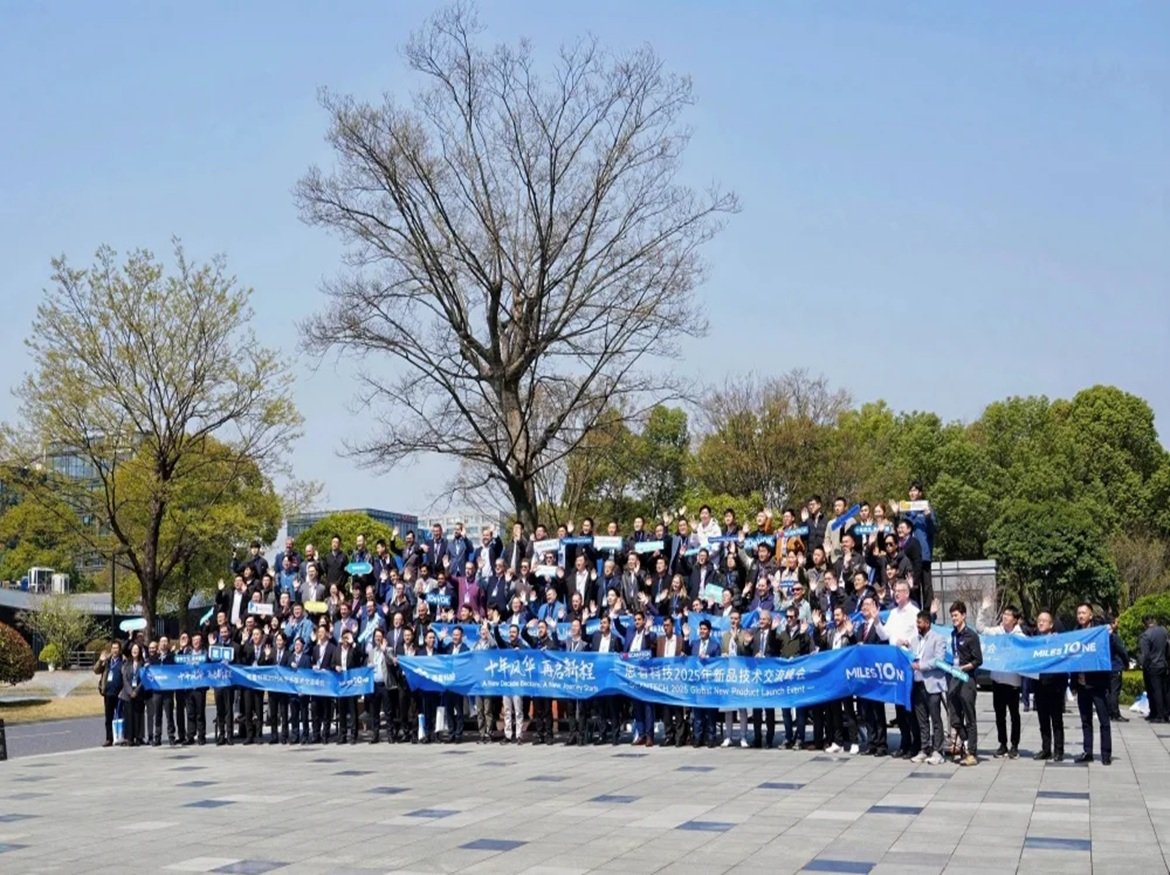
SCANTECH 2025 Global New Product Launch Event: A New Decade Beckons, A New Journey Starts
Under the theme “A New Decade Beckons, A New Journey Starts,” the event brought together industry leaders, technical experts, and partners from around the world to explore the latest advancements and future trends in 3D digitization. SCANTECH unveiled a series of groundbreaking new products, showcasing its remarkable achievements in technological innovation and global expansion.
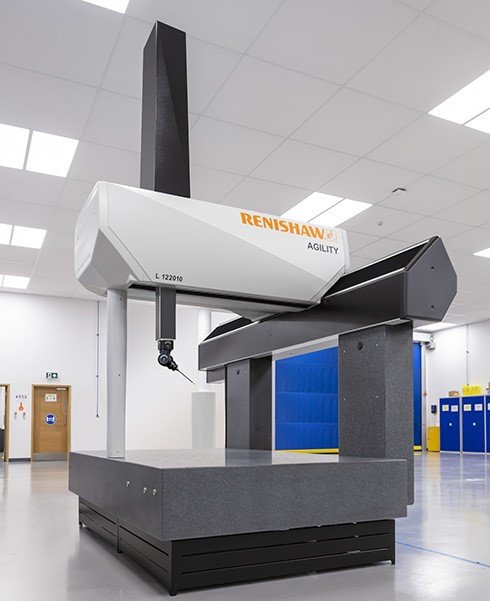
AGILITY® CMMs with 5-axis technology
AGILITY® CMMs deliver REVO® 5-axis measurement speed, accuracy and flexibility to the shop floor and the lab, with Renishaw's manufacturing quality and innovative technology.

3D Scanner CMM Performs 3D Measurements With AI
The new Keyence VL-800 Series 3D Scanner CMM marks a breakthrough in metrology with the introduction of 3D-AI, making high-quality 3D data acquisition and analysis seamless for any user.
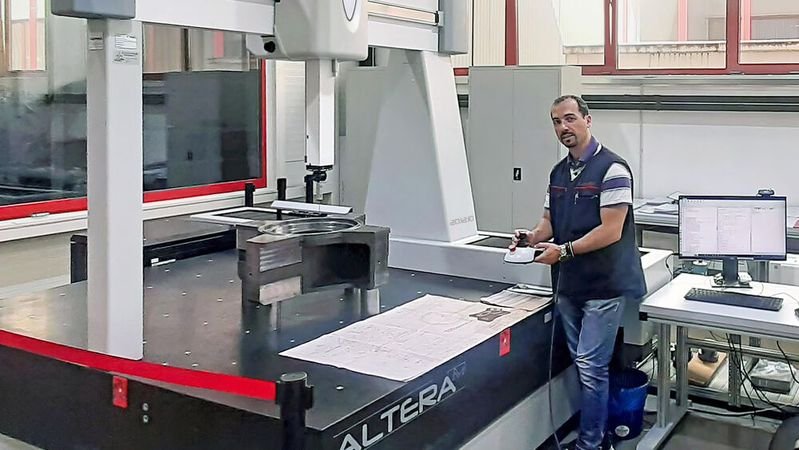
Precision in motion: CMM technology elevates quality standards
Serbian grinding machine manufacturer Grindex has significantly enhanced its quality control and R&D capabilities with the installation of an LK Metrology CMM — enabling faster, more precise inspection, reduced scrap and improved production efficiency.
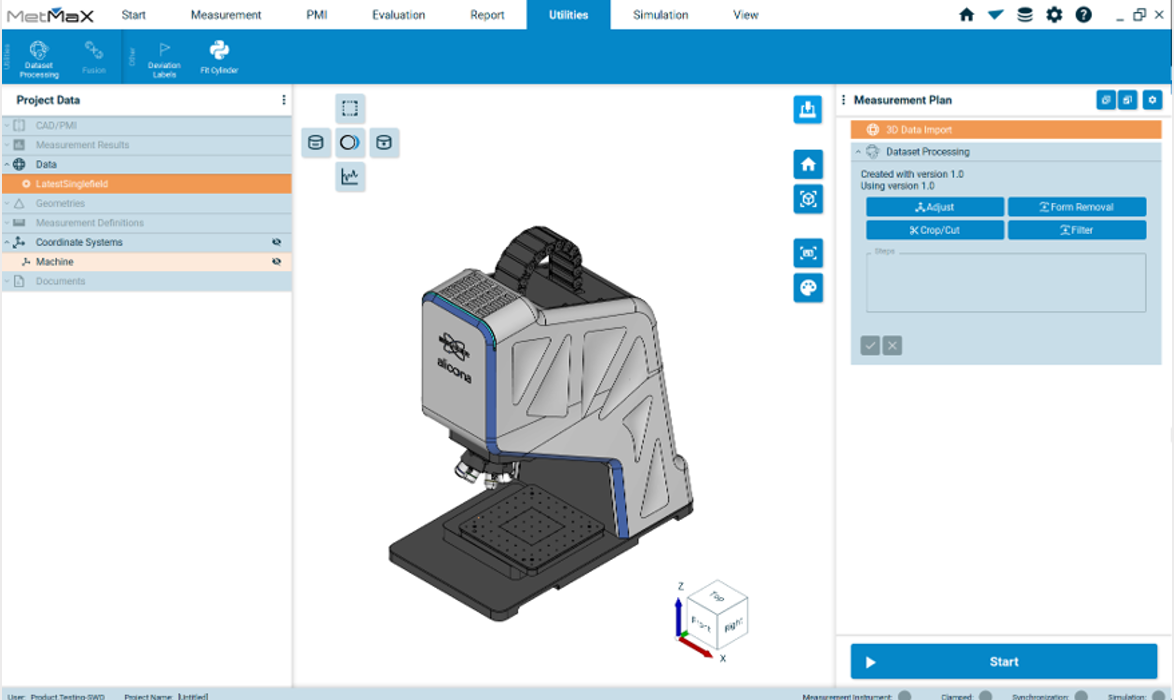
Contour Scanning powered by Focus Probing Technology
Experience a new era of efficiency and flexibility with contour scanning, an additional application of Focus Probing technology! With significantly increased speed and ease of use as well as extensive automation options, scanning contours is now even faster and more intuitive.
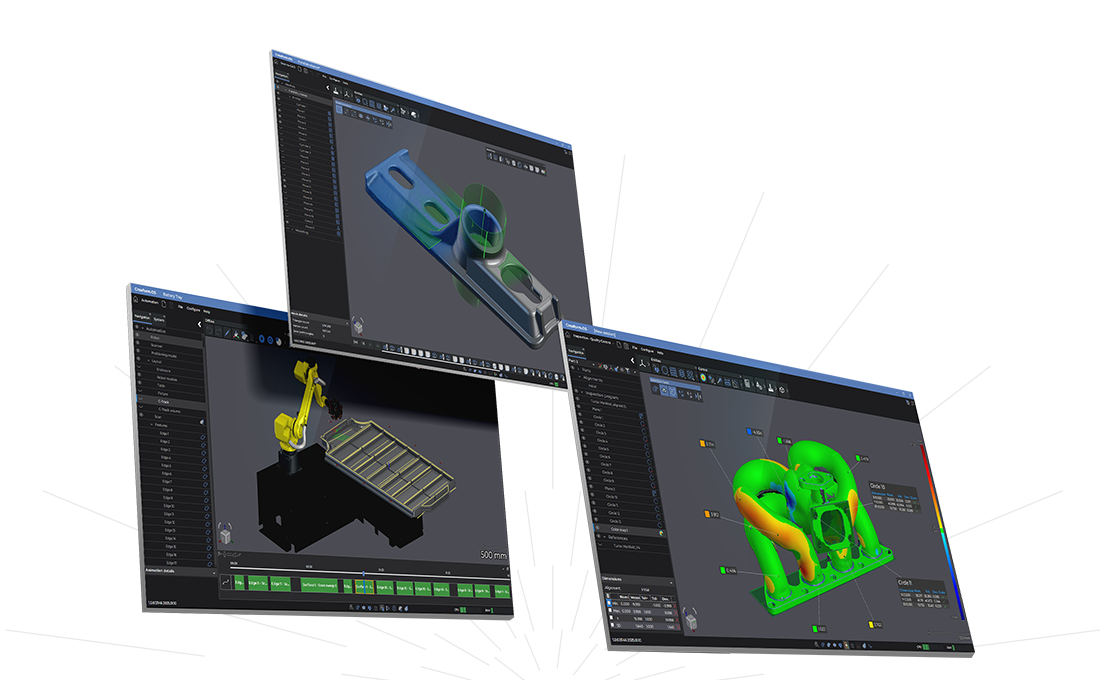
CREAFORM UNVEILS CREAFORM.OS AND CREAFORM METROLOGY SUITE: A LEAP FORWARD IN 3D MEASUREMENT SOFTWARE
Creaform Metrology Suite, its revamped 3D measurement software solutions. Previously known as VXelements, these new platforms focus on an intuitive user experience to streamline metrology workflows, benefiting professionals in reverse engineering, inspection, and automated 3D scanning
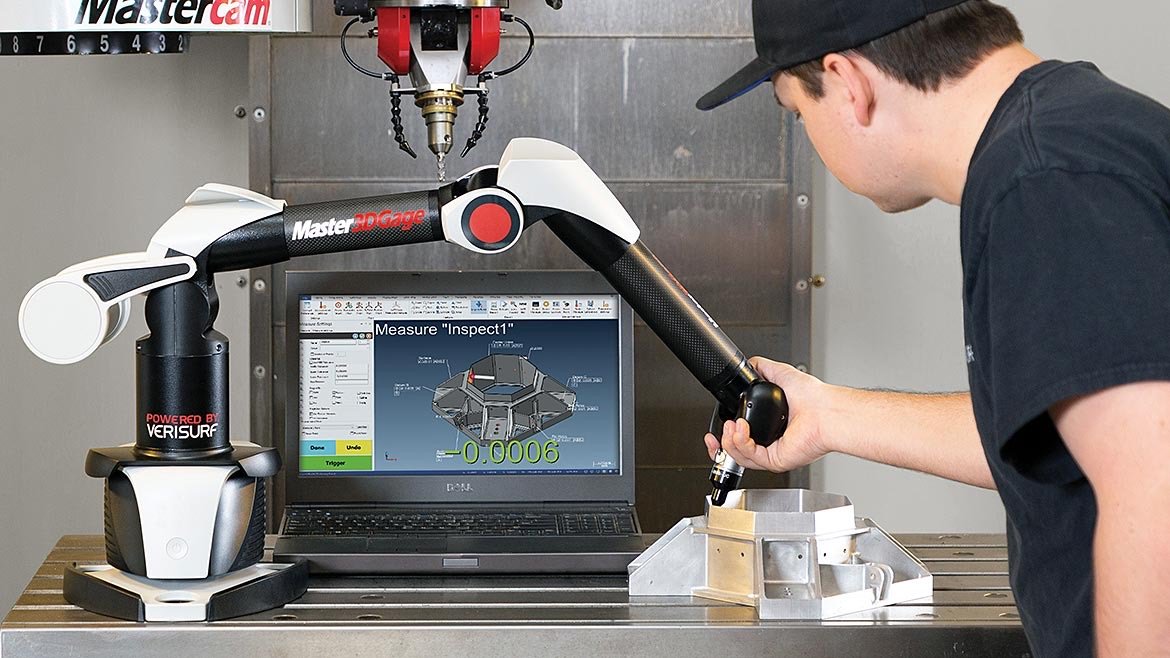
Automating Portable Manual CMMs
The evolution of 3D measurement systems has transformed manufacturing quality control, addressing diverse requirements for parts, tools, and assemblies.
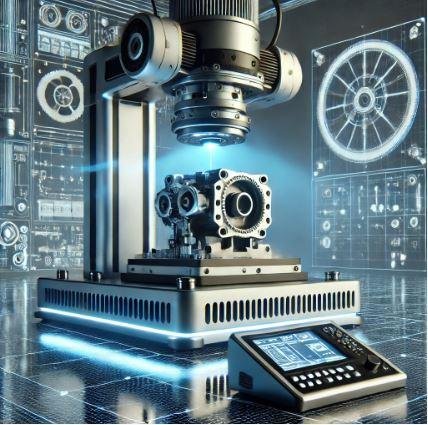
3D Metrology Market Leading Innovations for 2025
The 3D Metrology market stands at the forefront of precision measurement technology, offering critical capabilities across a myriad of industries. As organizations increasingly emphasize quality control, product accuracy, and operational excellence, the demand for advanced metrology solutions has surged.
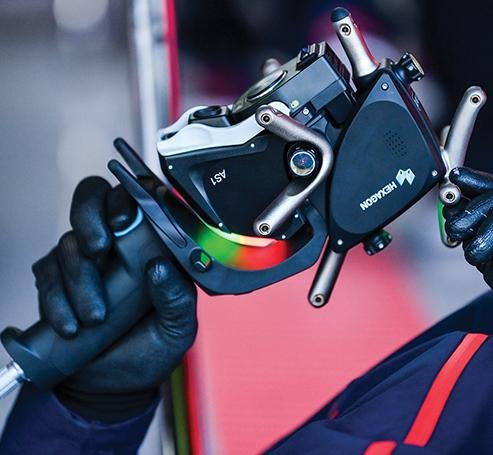
Improving vehicle quality with advanced metrology
Precision is everything in the fast-paced world of automotive manufacturing, where even the smallest deviation can cause costly malfunctions or compromise safety. At the heart of this precision lies metrology – the science of measurement.

Highest efficiency in the measurement process
Founded in 1864, the DEUTZ AG the oldest engine factory in the world and one of the world's leading independent manufacturers of diesel engines. With around 5,000 employees, DEUTZ develops innovative engines and engines that meet the latest standards.
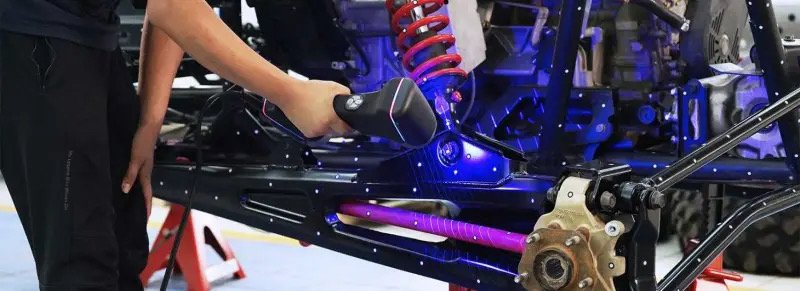
The Power of 3D Measurement and Scanning Technologies
3D measurement technologies can help capturing and analyzing the spatial characteristics of objects, structures, and environments in three dimensions.
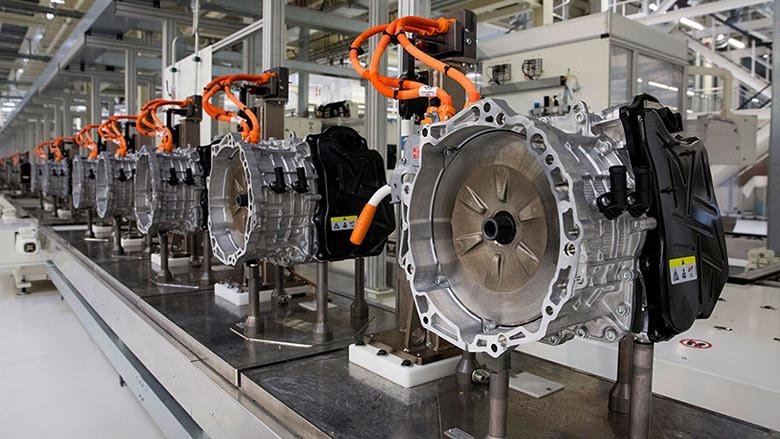
Software, Sensors, Software Aid Testing of Transmissions at VW
Customer expectations for the durability and comfort of cars, vans and trucks are always increasing. But, there’s a spectrum. Manufacturers must strike a balance between producing vehicles with the highest possible quality and vehicles that are affordable and profitable.
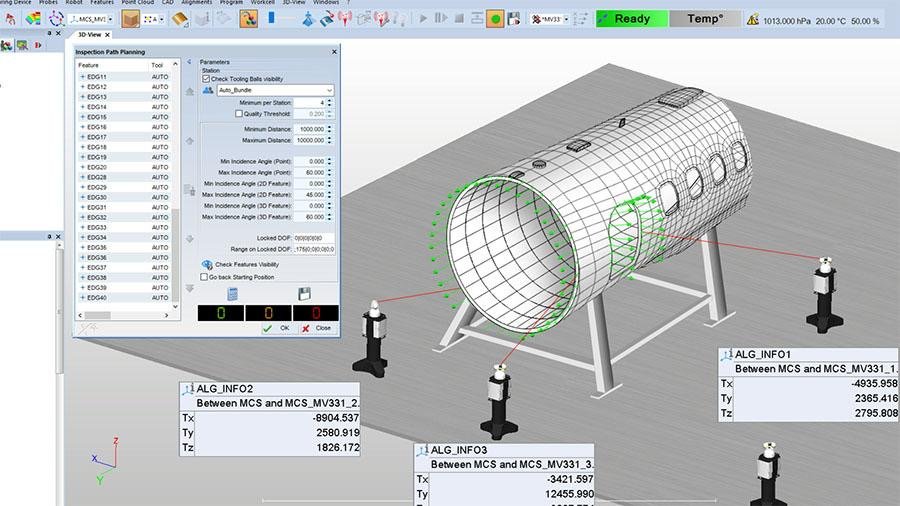
How can I measure a large part with a portable 3D measuring device?
Within the large machine manufacturing industry, operators are faced with a number of challenges when it comes to measuring a large part.
